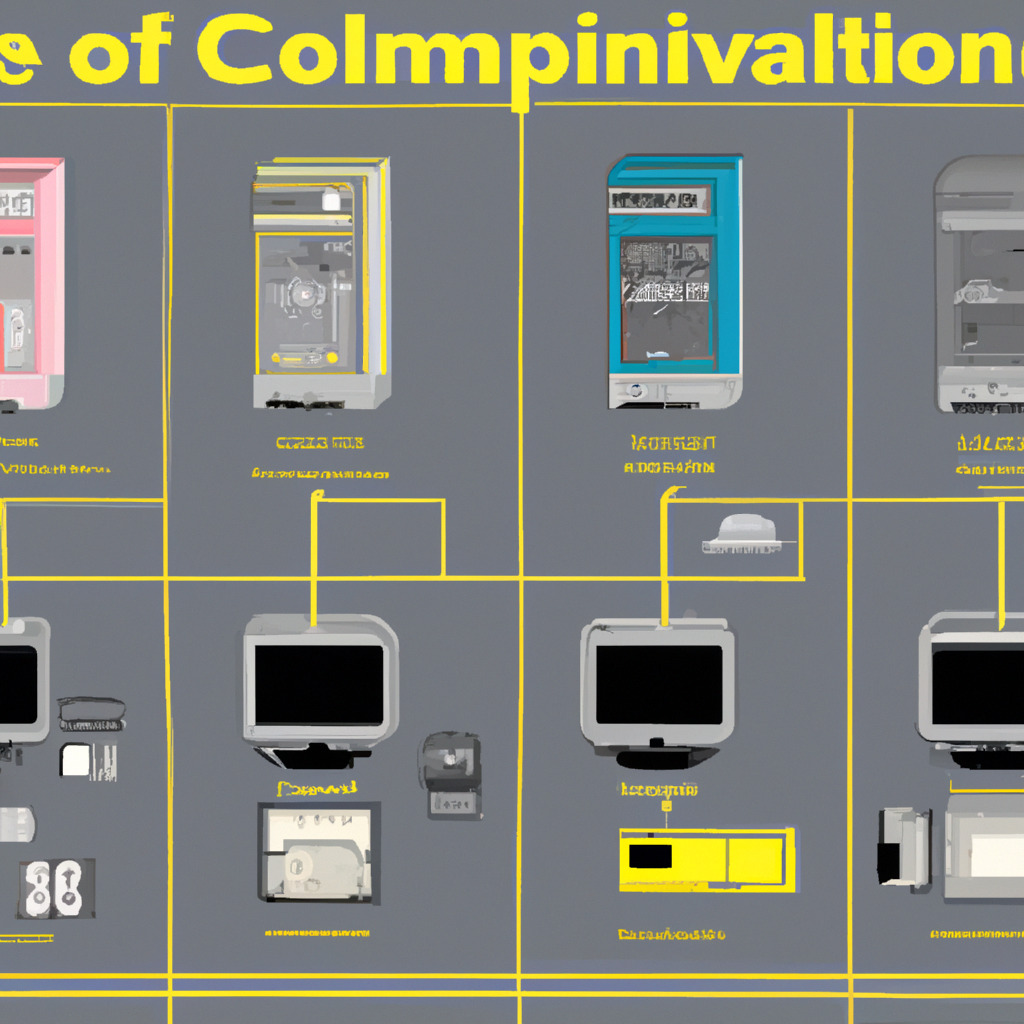Revolutionizing the World: The Evolution of Personal Computing
From the rudimentary computational devices of the mid-20th century to the sophisticated smartphones and laptops of 2025, personal computing has undergone a transformative journey. This blog post explores the pivotal milestones in the history of personal computing, highlighting how these innovations have shaped the digital landscape and our daily lives.
The Dawn of Personal Computing
The concept of personal computing began in the early 1970s with the introduction of the first microprocessor by Intel. This tiny but powerful chip revolutionized the way devices were made, setting the stage for the first personal computers.
The Rise of Home Computers
By the early 1980s, companies like Apple, IBM, and Commodore had launched their own versions of personal computers, making it possible for people to afford and use computers in their homes. These machines were primarily used for simple tasks like word processing and gaming.
The Internet Era
The 1990s marked the beginning of the Internet era, drastically changing the functionality of personal computers. With the advent of the World Wide Web, computers became gateways to a wealth of information, connecting millions of people worldwide.
Modern Advances
In the 21st century, the development of mobile computing, including smartphones and tablets, has blurred the lines between personal computers and mobile devices. The introduction of cloud computing has further changed how data is stored and accessed, pushing the boundaries of what personal computers can do.
Looking to the Future
As we move into 2025, AI integration and quantum computing are beginning to influence personal computing, promising even more rapid advancements. The potential for further transformation in our daily digital interactions is immense, signaling an exciting era ahead in personal computing.






